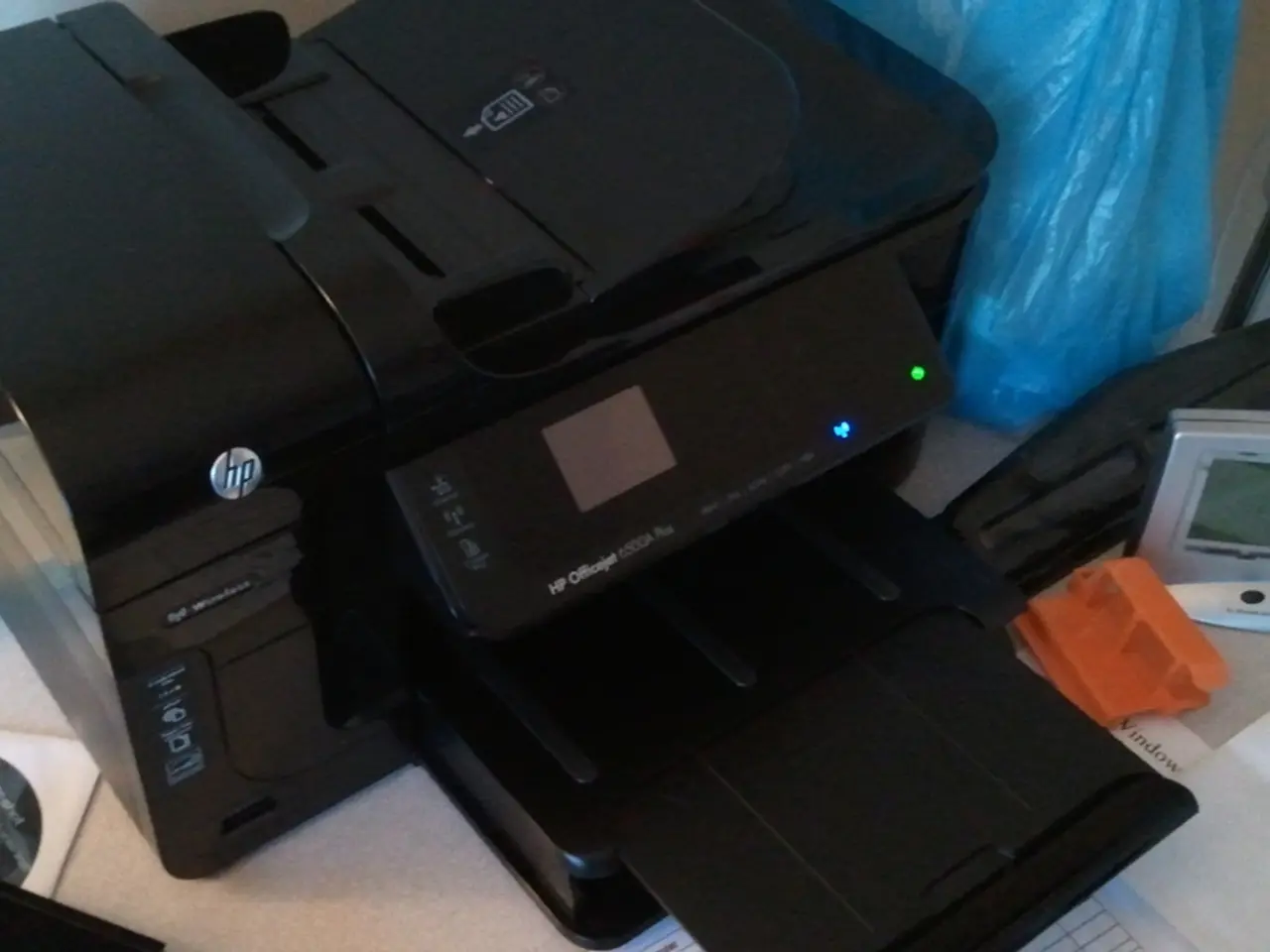Autonomous satellite in space now decision-making, spurring excitement at NASA
In a groundbreaking development, the use of artificial intelligence (AI) in satellite technology has enabled autonomous, rapid decision-making for image capture, significantly improving space-based data collection and real-time disaster detection [1][2][3]. This AI-driven system, called Dynamic Targeting, processes imagery onboard within 90 seconds, decides whether to take an image (e.g., avoiding cloud cover), and can autonomously identify critical short-lived events like wildfires, volcanic eruptions, or rare storms without human intervention.
This capability marks a significant shift from passive, scheduled imaging to active, intelligent sensing, allowing satellites to "think" about what the data means and prioritize valuable targets. By skipping cloud-covered scenes, satellites save bandwidth and power, maximizing the usefulness of collected data [3][4].
The first operational test of Dynamic Targeting occurred on the CogniSAT-6 CubeSat, which demonstrated precise lookahead scanning, rapid AI-based cloud detection, and autonomous slewing to focus on key events [3][4]. For disaster detection, Dynamic Targeting enables earlier identification of events like wildfires by recognizing thermal or visual anomalies in near real-time and immediately adjusting observation to capture them at ignition stages. This improves emergency response times and situational awareness [4].
The technology's potential for faster detection is a significant improvement over traditional satellite imaging methods. Until now, satellites have merely acted as passive data collectors, imaging whatever happens to be beneath them and beaming all data back to Earth. However, with Dynamic Targeting, satellites like HAMMER, launched by Open Cosmos in 2024 with Ubotica's technology onboard [5], can make autonomous decisions about where and when to capture a scientific image. This was first demonstrated by HAMMER, an AI-powered satellite equipped with a hyperspectral camera and Ubotica's machine learning processor [5].
In 2021, Ubotica demonstrated real-time AI cloud detection aboard the International Space Station (ISS) as part of a research collaboration with NASA's Jet Propulsion Laboratory (JPL) [2]. Dynamic Targeting is set to expand its capabilities, with NASA, Ubotica, and Open Cosmos planning to use it for detecting wildfires, volcanic eruptions, and severe storms from space [6]. Beyond disasters, the technology enhances maritime security through intelligent scanning for dark vessels and other applications benefitting from timely, targeted Earth observation [4].
In summary, Dynamic Targeting revolutionizes Earth observation by making satellites autonomous, efficient, and responsive to dynamic ground conditions. This transforms how space-based data supports disaster management, environmental monitoring, and security efforts with more timely, relevant, and actionable intelligence [1][2][4].
References: [1] NASA (2022). Dynamic Targeting using AI on satellites. [Online] Available at: https://www.nasa.gov/feature/dynamic-targeting-using-ai-on-satellites [2] Ubotica Technologies (2022). Dynamic Targeting. [Online] Available at: https://ubotica.io/dynamic-targeting/ [3] Open Cosmos (2022). HAMMER. [Online] Available at: https://www.opencosmos.com/satellites/hammer [4] SpaceNews (2022). AI-powered satellite takes on disaster detection. [Online] Available at: https://spacenews.com/ai-powered-satellite-takes-on-disaster-detection/ [5] Space.com (2022). Open Cosmos launches AI-powered satellite to detect volcanoes, wildfires. [Online] Available at: https://www.space.com/open-cosmos-launches-ai-powered-satellite-to-detect-volcanoes-wildfires [6] NASA JPL (2022). Dynamic Targeting. [Online] Available at: https://www.jpl.nasa.gov/dynamic-targeting
Technology, such as the machine learning processor used in HAMMER, an AI-powered satellite, plays a crucial role in artificial-intelligence (AI) decision-making for satellite imaging. With Dynamic Targeting, satellites can autonomously identify critical events like wildfires, making real-time disaster detection more efficient and effective.




